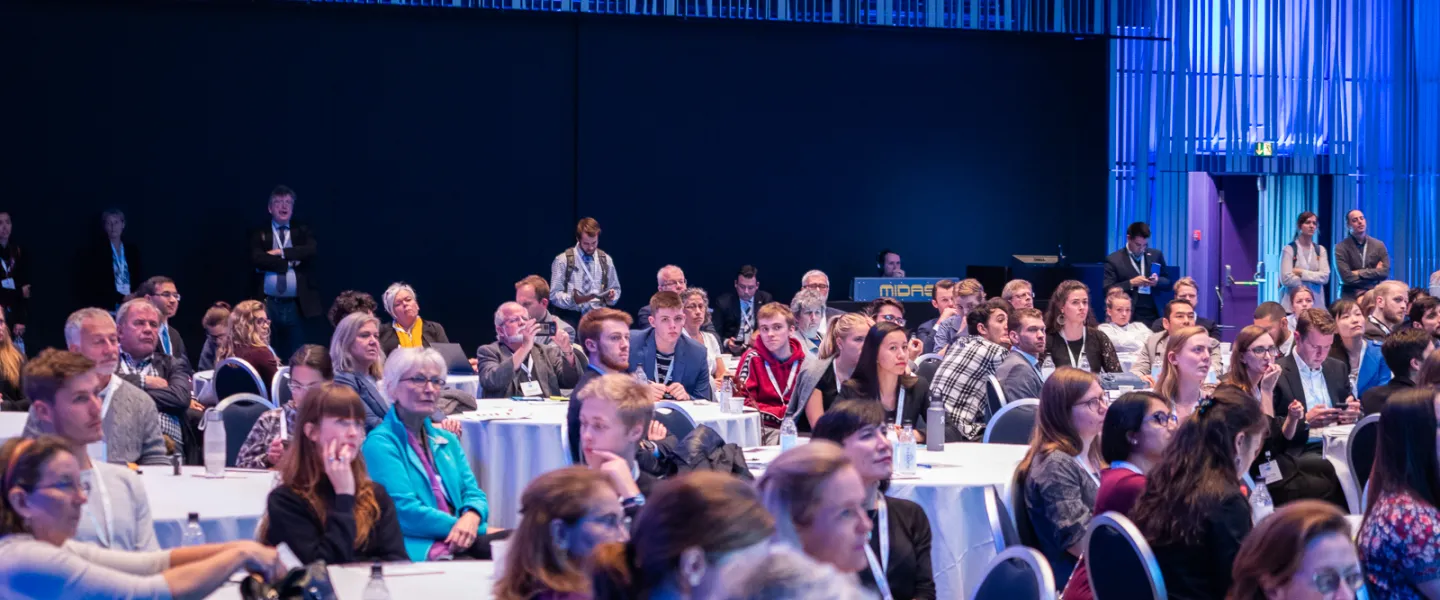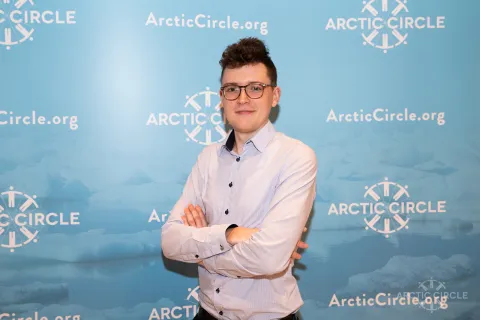
“It’s the year 2050. The Arctic is now – for the first time in human history – considered ice-free. This seems quite worrying – but it also creates new opportunities. Arctic oil and gas has been accessible for decades, yet – the reserves have remained untouched. Why is that? Let’s imagine we are there – in the summer of 2050 – somewhere between Svalbard and Greenland. What do we see? Instead of oil platforms we see a large fleet of maybe 100 ships. It is an awkward sight. They do not really seem to have a purpose and they move very slowly. This is where it gets exciting. We just saw a fleet of floating power plants.”
This is the way Stuart Daniel James, master´s student in the Environment & Natural Resources interdisciplinary graduate programme began his winning pitch presentation at the Arctic Innovation Lab. The event was a part of the Arctic Circle Assembly in Harpa Concert and Conference Centre earlier this autumn.
The Arctic Innovation Lab is a competition organized in partnership with the Harvard Kennedy School of Government, the Iceland School of Energy at Reykjavík University, University of Greenland, the Fletcher School at Tufts University, and the University of Iceland. It aims to educate students about this fast-changing region and its impacts on the rest of the globe, and to equip them to contribute to developing and implementing sustainable solutions for the region.
Fifteen students from the Harvard Kennedy School, Iceland School of Energy at Reykjavik University, University of Greenland, the Fletcher School at Tufts University, the Massachusetts Institute of Technology, the University of Iceland, and the Moscow State Institute for International Relations participated in the Arctic Innovation Lab this year and each of them was given two minutes to pitch their idea at the conference on how to do things better in the Arctic.
